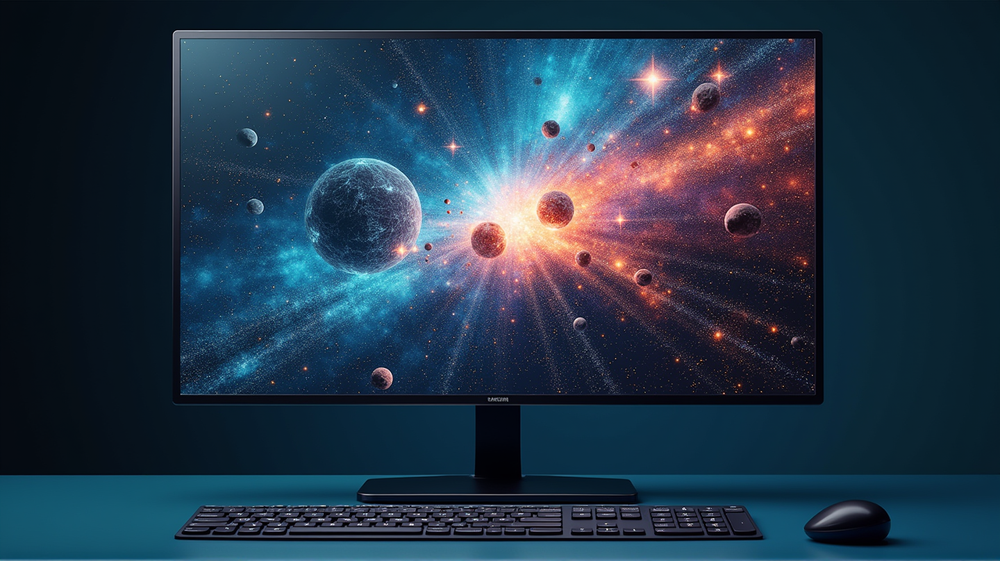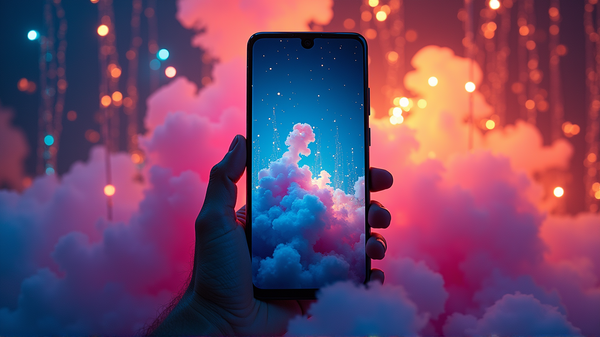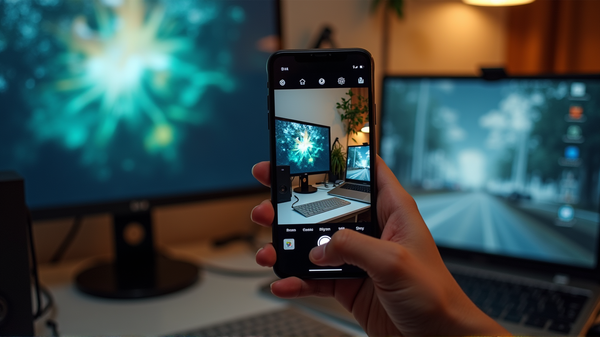Samsung DeX Downgrade: One UI 8 Leaves Users Wanting More
Samsung’s DeX is synonymous with versatility in portable computing. For eight years, it promised to turn smartphones into laptop alternatives. But as DeX undergoes a reconstruction within the new One UI 8, users are left with a feeling of disappointment. Let’s dive into how this change impacts the time-tested usefulness of DeX, and why this might just be a temporary setback.
Performance Struggles: Not Quite There Yet
As we usher in One UI 8, some brave souls have experienced it already, and the consensus is clear—performance is not the strong suit, at least not yet. While the interface operates smoothly on the newer Z Fold and Flip models, users of the Galaxy S25 face unexpected hurdles. Resolution limitations and constant crashes disrupt what was once a seamless experience. Samsung enthusiasts, accustomed to reliable DeX functionality, struggle with a system that can’t currently capitalize on higher display outputs. Frustrations arise from seeing a beloved feature falter in its latest rendition.
The Heartbreak of Missing Features
A major point of contention for DeX users is the vanishing act of critical features. With One UI 8, the beloved “I Samsung DeX” menu is no longer. This removal limits multitasking capabilities and restricts user interface adjustments. Running more than five apps simultaneously on an external display is now a challenge, and the agility of interactive elements feels stunted. These reductions leave power users feeling restrained, yearning for the expansive functionality they once enjoyed freely.
Glimmers of Potential: A Bridge to Future Innovations
Despite current shortcomings, the alterations aren’t all doom and gloom. The integration with Android 16’s desktop mode heralds collaboration potential between Samsung and Google. Through this partnership—similar to their success with WearOS—DeX might evolve into an unparalleled desktop-like experience. The ambitious synergy could eventually usher in the dream of a true Android desktop replacement, marrying Chrome OS functionalities with DeX’s ambitions. According to Android Authority, this collaboration might pave the way for new opportunities DeX has longed for.
Navigating Two Steps Back for a Leap Forward
This interim period of reduced functionality can be seen as a tactical withdrawal for progress. The dilemma arises from Samsung’s decision to integrate this new version as a default rather than offering it as an alternative. The “New” DeX on tablets uses the conventional Android launcher to eliminate unnecessary complexity while offering familiarity, a strategy that could benefit the broader DeX community.
Could this signal the beginning of the end for Samsung DeX as we know it, or merely a metamorphosis leading to greater innovations? With One UI 8’s features on shaky ground and further enhancements promised, consumers are left anticipating Samsung’s next move.
Do these changes mark a bright horizon or a concerning detour? Share your thoughts and join the discussion.




